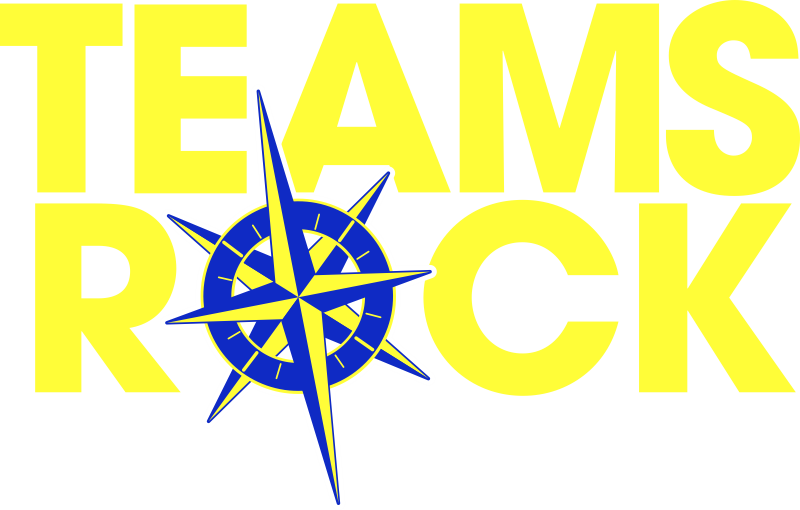At one time or another we’ve all had that feeling of being left out; the last person selected for a little league baseball team was mine. This got me to thinking, what truly makes a team? It goes way beyond just selecting a group of people and calling them a team. Here are some key team development concepts that will help to get everyone on the team to actually begin thinking like a team rather than a group of people lumped together calling themselves a team.
Three Key Team Development Concepts
Clarify Responsibilities
 Every team needs to understand a few key factors about their mission. Boundaries need to be set and roles and responsibilities need to be established. Consider asking a few simple questions:
Every team needs to understand a few key factors about their mission. Boundaries need to be set and roles and responsibilities need to be established. Consider asking a few simple questions:
- How will this team contribute to the overall mission of the organization as a whole? This is vital for all project teams. Because it’s not uncommon for someone to work on multiple teams, each member needs to understand how they fit into the overall mix of the entire organization.
- What are everyone’s unique roles on this team? It is likely that many on the team may have been cross-trained in a variety of skills. On a team, it is critical to recognize who is specifically responsible for each aspect of the project.
- How will our results be measured? This simple question makes sure that everyone on the team is moving in a common direction towards the same goals and not doing their own thing because they think that is what is important.
Cultivate Systems for Team Involvement
Great teams need structure in the beginning. Failing to establish systems for the team can easily get them sidetracked. It is important for team members to remember that perfection is great to strive for and realize that actually achieving perfection is not likely.
It is also important to realize that team leadership is not democratic – and that one person is the leader, even on the smallest of project teams. Recognizing this leads to an understanding that the team is not self-directed. That does not mean they cannot become self-directed, it simply means that when they are first formed they need direction.
I find it interesting that, just a couple of years ago, someone asked me how new was teamwork in the workplace? I chuckled and said teamwork in the workplace has been around for decades, and top companies recognize that.
Empower Team Thinking
This is one of the biggest challenges. We have all been raised to be the best we can be and to strive to accomplish more. This has been the case since elementary school. While challenging ourselves to continually improve is a good thing, we need to realize that regardless of what we do in life someone else helps us. One of the greatest ways to help your team think like a team is a powerful quote from Gandhi; “There are two types of people in the world. Those who do the work, and those who take credit. Try to be in the first group. There is less competition.” When everyone on the team realizes this, helping each other becomes second nature.
Being part of a team is much more than just being selected to play a game. True teamwork is about wanting to be a part of something bigger, achieve more personally, and gain a sense of gratitude by helping others.


Leave A Comment